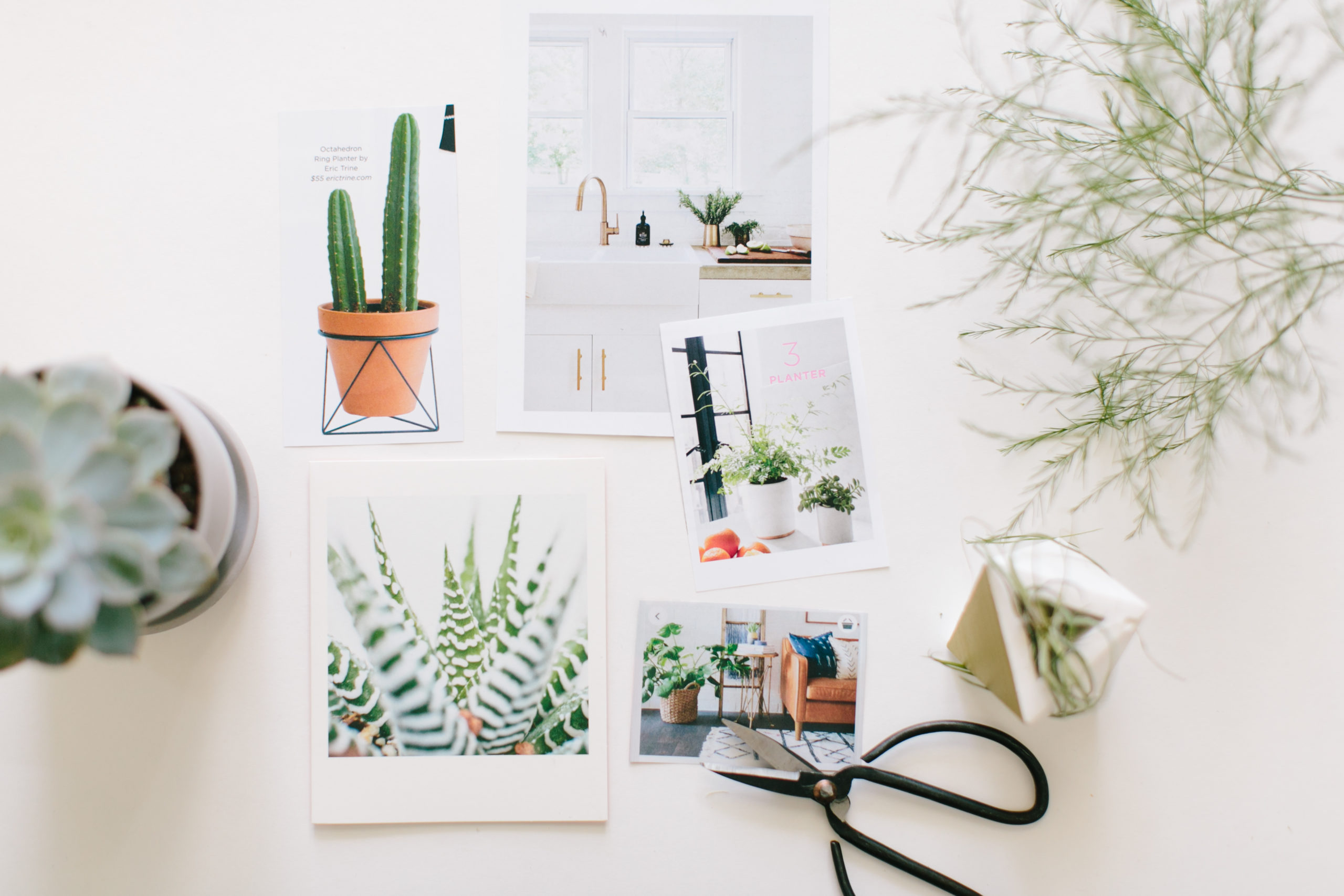Planning a Garden
Whether you start your plants from seed or purchase them locally grown, every gardener is excited to get their plants in the ground and watch them grow! However, to have a thriving garden vs. a lot of frustration takes some planning. You can make a detailed plan or a loosely outlined plan. There a few key factors to keep in mind with all gardens.

The all important zone!
First you need to determine which hardiness zone your will be planting in. “A hardiness zone is a defined geographical area in which specific categories of plant life not only tolerate, but are also capable of growing in, based on average climate conditions (primarily, minimum average temperature) for each zone.” — from the USDA website. The hardiness zones are determined by the USDA and provide a standard/continuity across all plant growing/purchasing platforms. You can find your hardiness zone here: Hardiness Zone Map
Determining your hardiness zone before purchasing seeds or plants will help insure that you won’t unknowingly try to grow a plant that is not meant to survive in your area. The few minutes this takes can save you lots of frustration in the future.
What’s your soil like?
It’s also important to be familiar with your soil before planting. If you are planting in containers, just be sure the potting soil you’re purchasing says it’s appropriate for what you’re growing and you’re good to go. You can purchase a kit to determine the composition, acidity, etc. of your soil. However, it’s best to start by simply looking at the dirt in your planting location, and that’s what I’ll discuss in this post. Good soil is dark, rich and loose. Is your soil heavy and clay like, sandy, or beautifully rich and dark? Does your soil drain well, or does it tend to be consistently wet or dry? All of these things are factors to keep in mind as you are planning your garden.
How much sun?
Most, if not all, vegetables require full sun. What does that even mean? “Full sun” definitely means at least six hours per day, but some plants such as vegetables really need eight to ten hours per day. “Partial sun” or “partial shade” means that the plant needs 3-6 hours of direct sun per day. The terms sometimes are used interchangeably.” – according to a recent Google search.
If you’re planning a vegetable garden you’ll clearly want to plant in a space that has sun most of the day. If you’re planting flowers, you want to determine the sun available in each planting location and then choose flowers with the appropriate sun requirements.
Now that you have the basics of planting location you can begin to decide what you want to plant. Grab your Burpee’s catalog! I love to flip through the catalog and circle my favorites, and go back later to make a more definitive list.
In the next post we’ll talk about tips for selecting the plants you’ll grow.
Return to Simple Living by Simply Julie Co.
Happy garden planning!
Julie
BASIC
INVITE
30% off
your order
at
SimplySeeking30
Use Code: